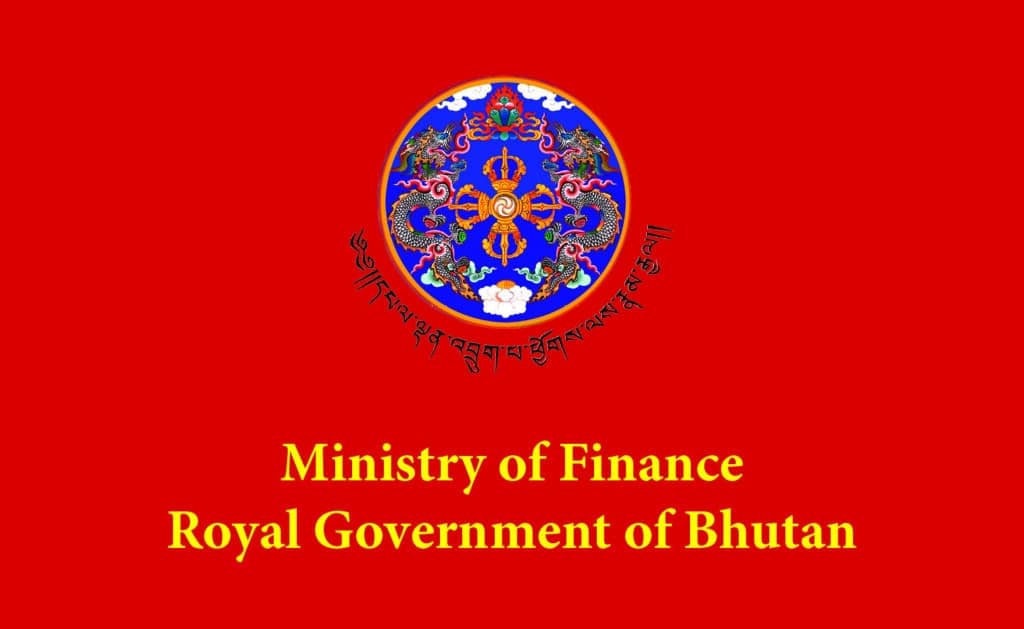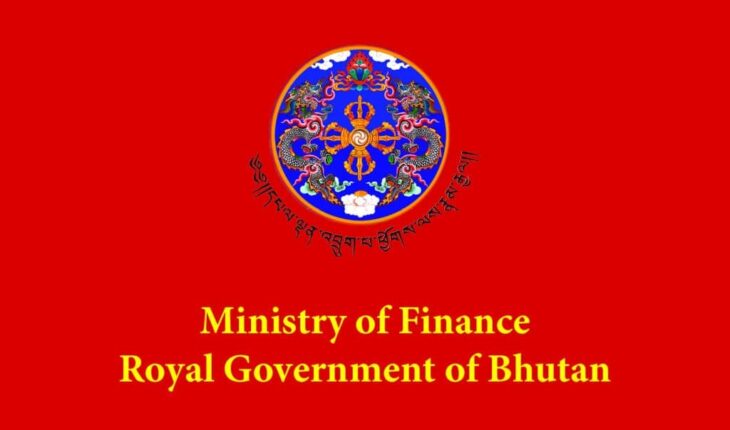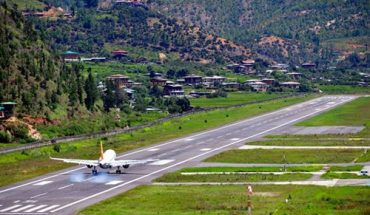
JIGME YEDZER
Thimphu
Bhutan’s economy stands at a critical juncture, facing both pressing challenges and promising opportunities. While the nation’s growth trajectory remains below its potential, key economic indicators reveal deep-seated structural issues that require urgent reforms.
Although growth is expected to double in 2025 with the commissioning of the PHP-II project, experts warn against overdependence on hydropower, especially given the rapid erosion of Himalayan glaciers due to climate change.
Economic diversification remains a pressing concern, as government-led investments have yet to generate a robust private sector. Experts argue that reforms are needed to shift from a government-controlled market to a private sector-driven growth model.
Reports suggest, if left unchecked, the current economic framework could stifle entrepreneurship and hinder long-term sustainability.
With capital expenditure utilization reaching just 16.75% of revised estimates for FY 2024/25, poor planning has led to inefficiencies and last-minute spending. This raise concerns over the quality of infrastructure projects and the long-term economic impact of rising debt servicing costs.
Financial market woes of high interest rates and non-performing loans as financial sector faces significant hurdles, including one of the highest interest rate spreads in the region. The pegged exchange rate has limited monetary policy autonomy, making it difficult to regulate lending rates effectively.
Despite government interventions to improve credit access, high interest rates continue to deter entrepreneurs, leading to an increase in loan defaults. The rising volume of non-performingloans (NPLs), particularly in the housing and tourism sectors, further exacerbates financial instability.
As a result, banks have become more risk-averse, tightening credit conditions and slowing economic activity.
Excess liquidity concerns amidst investment surge as the implementation of the 13th Five-Year Plan (FYP) and Economic Stimulus Plan (ESP) is expected to increase liquidity in Bhutan’s financial market.
However, without proper supply-side adjustments, excessive liquidity could lead to inflationary pressures and increased imports, potentially draining foreign reserves.
Past experiences, such as the 2012-2013 liquidity crisis, highlight the risks of relying on administrative measures like moratoriums to control excess money supply. Experts emphasize the need for effective liquidity management to avoid economic contractions and ensure sustainable growth.
External imbalance due to a persistent vulnerability as trade deficit remains a major macroeconomic challenge, with the CAD projected to reach 11.81% of GDP in FY 2024/25.
The economy continues to depend on imports, with a narrow export base largely confined to electricity and low-value raw materials. Over-reliance on external grants and borrowings to finance deficits poses long-term risks, while slow Foreign Direct Investment (FDI) growth further limits economic expansion.
Regulatory hurdles and bureaucratic inefficiencies continue to deter foreign investors, making it difficult to achieve Bhutan’s ambitious FDI target of Nu. 500 billion. Labor market struggles as from agriculture to brain drain despite structural shifts in theeconomy,
Labor market remains heavily dependent on agriculture, which employs 41% of the workforce. However, with agricultural productivity stagnating and rural employment declining, more Bhutanese workers are seeking jobs abroad.
The inability of the private sector to generate adequate employment opportunities has led to rising youth unemployment and a worrying brain drain. Without targeted interventions, Bhutan risks losing its skilled workforce to more competitive economies, undermining its long-term economic prospects.
Premature deindustrialization and the decline of manufacturing has shifted from agriculture to services has occurred without the necessary development of the manufacturing sector. This premature deindustrialization limits the economy’s ability to produce value-added goods and reduces competitiveness.
The absence of a robust industrial base means Bhutan remains import-dependent, exacerbating trade imbalances. Experts warn that without strong supply chains and economies of scale, the country could struggle to build industrial resilience and sustain long-term growth.
Underperforming State-Owned Enterprises (SOEs), established to bridge market failures, have struggled with low productivity and financial inefficiencies. Despite receiving government support, many SOEs remain underperforming, contributing little to economic growth.
Ongoing reviews have led to some improvements, but experts believe that unless SOEs become more commercially viable, they will continue to drain government resources without generating significant returns.
Stagnant productivity and inefficient resource allocation has led to economic stagnation is also linked to inefficient capital allocation. While labor productivity has seen gradual growth, capital productivity has declined, leading to stagnant Total Factor Productivity (TFP).
Bhutan’s declining competitiveness compared to neighboring economies, particularly India, underscores the need for better resource allocation, improved productivity, and strategic investments in key sectors.
While hydropower remains a key pillar of growth, a more diversified economic strategy is essential for long-term stability. Encouraging private sector investment, improving financial sector efficiency, and addressing structural weaknesses will be crucial in steering Bhutan towards a sustainable and resilient economic future.





